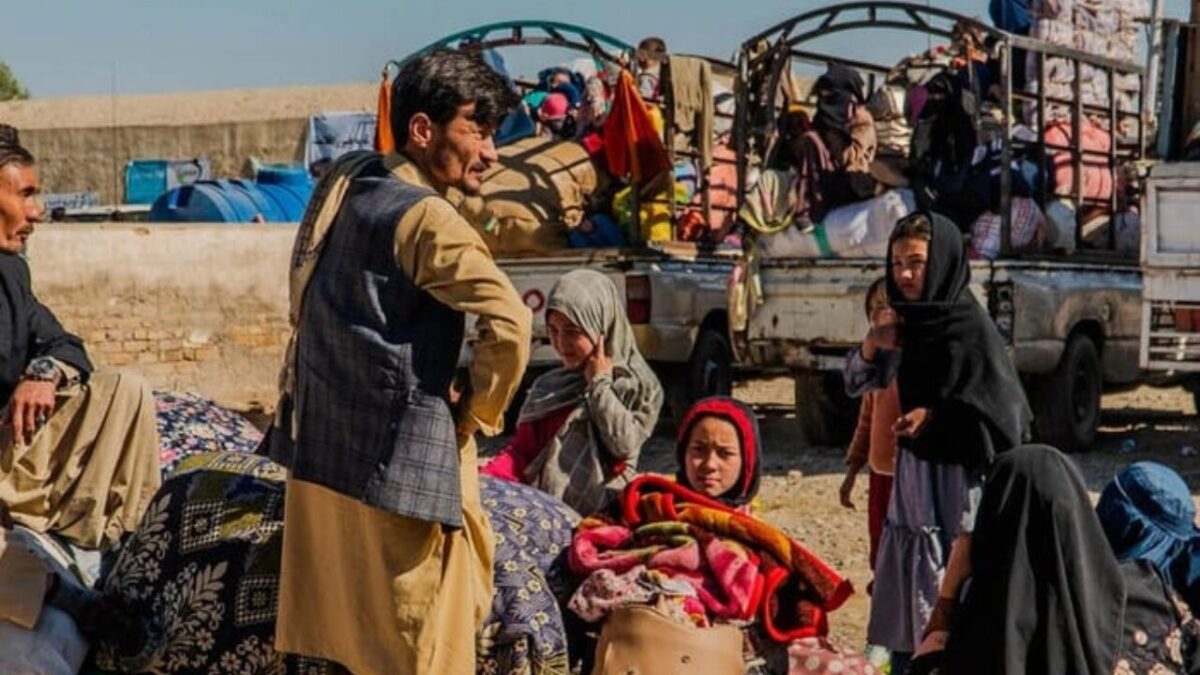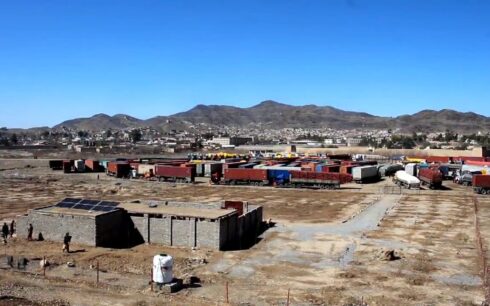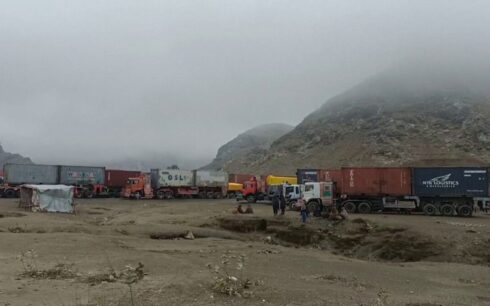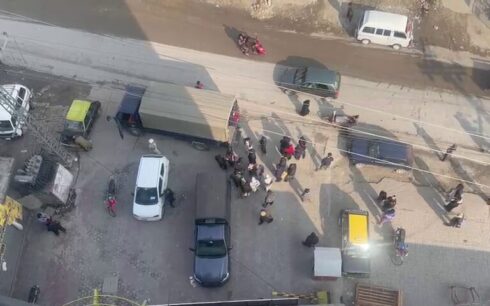NANGARHAR, Afghanistan — The humanitarian situation for internally displaced persons (IDPs) and returnees in eastern Afghanistan’s Nangarhar Province remains critical, the United Nations Development Programme (UNDP) said on Sunday.
In an interview, Anatoly Balavnev, UNDP’s area manager for eastern Afghanistan, described how the agency, in collaboration with other U.N. partners, is working to develop long-term solutions for displaced families, returnees, and host communities.
As of early 2024, Afghanistan had approximately 1.7 million internally displaced people, with Nangarhar among the most affected provinces, according to UNDP.
The report noted that a large influx of returnees—both from conflict zones and neighboring countries—has overwhelmed local resources, leading to severe housing shortages, unemployment, and deteriorating living conditions.
“Many returnees face homelessness, joblessness, and extreme poverty, with 63 percent rating their housing as poor or very poor,” UNDP said in a statement.
The report highlighted that economic hardship, limited humanitarian aid, and restricted access to essential services—including healthcare, education, and clean water—have worsened conditions, underscoring the urgent need for a comprehensive support system.
International aid groups have cautioned against forced or premature returns, warning that Afghanistan lacks the infrastructure to properly accommodate returning refugees.
Earlier, Jan Egeland, Secretary General of the Norwegian Refugee Council (NRC), said that Afghanistan is not ready to absorb millions of returning refugees, further raising concerns about the worsening humanitarian crisis.





